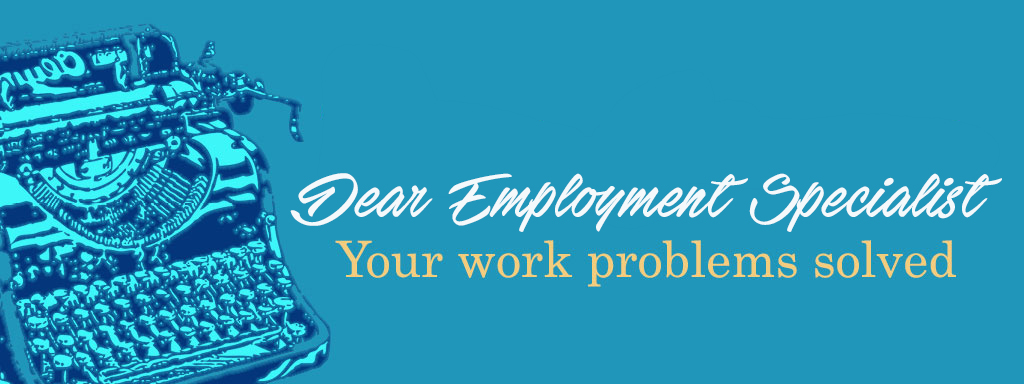 This is the final post in my ongoing Resume Writing Basics series, which included the following:
This is the final post in my ongoing Resume Writing Basics series, which included the following:
- an overview of the basics of resume writing, including an outline of the information to be included in a resume
- a detailed description of the formatting needed to create an easy-to-read resume
- tips for writing a Profile Summary that catches employers’ attention
- a guide for outlining an impressive Employment History
All that remains is to list your education and training, and volunteer experience, if relevant. Most resumes also end off with a mention of references.
List your education and training
Most employers are impressed by the candidate’s education, regardless of whether it is directly related to the job, so it is always worthwhile to include your highest education, as well as any other degrees of certifications. The best format: the degree, the school and its location (e.g. Bachelor of Art, Ryerson University, Toronto).
It is generally not necessary to include dates, as these just give the employer too much information about your approximate age. However, if you just recently graduated and you want to explain the employer what you have been doing in the last few years, add dates and consider bringing the section up higher up in the resume, above the Employment History.
In addition to all your degrees, it may be useful to list any relevant courses or certification you might have obtained. This might include any on-the-job training, as well. List only courses that are relevant to your work.
Don’t leave off volunteer work
Employers tend to be impressed by involvement in community activities, so it’s well worth including it in the resume.
You can add it, using the same format recommended for Employment History under a separate heading, or you may include the volunteer jobs in your employment history. If you add your volunteer roles to your jobs, make sure to clearly indicate the volunteer jobs clearly as such.
Mention (but don’t include) your references
It is generally recommended that candidates do not include references in or with their resume. So, by way of reassuring the employer that you do have references and will share them when the right time comes (i.e. at the interview), you can add a line at the end that states something to the that “References are Available Upon Request” (One of my clients even cheekily stated that “Enthusiastic References are Available Upon Request”).
Final note..
For resume samples, there are some good online resources such as The Balance’s Sample Resumes, Monster.ca and WorkBloom. Keep in mind though, that resumes differ by industry, country and sector. This means that job seekers should thoroughly research the best resume formats by consulting with employers and employees who work in their target jobs, before finalizing the resume.




